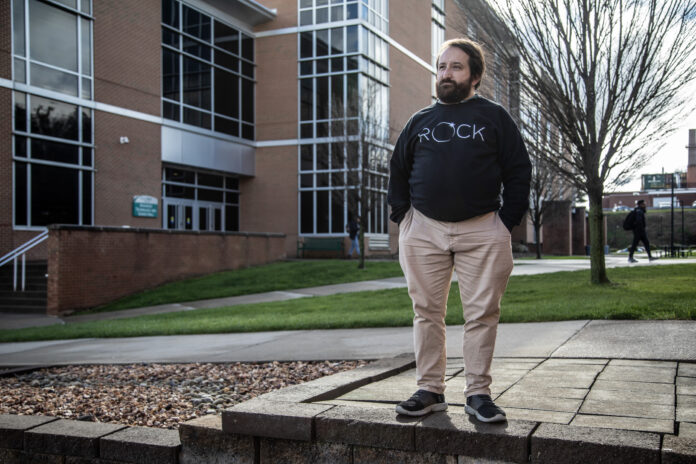On Monday, April 8, a total solar eclipse will occur from around 2 p.m. to 4:30 p.m. with the moon covering the sun from about 3:15 p.m. to 3:20 p.m. In comparison to the 2017 eclipse, this year’s will be brighter, longer and more accessible to Americans.
According to sciencenews.org, Cartographer Michael Zeiler says there are nearly 32 million people within the path of totality. This is about two and half times as many people as the 2017 eclipse. The path of totality is the path that the moon’s shadow casts and will be the best place to view the eclipse.
Slippery Rock is about 22 miles east of the path of totality, Krishna Mukherjee, an SRU physics professor whose main research is in astrobiology, pointed out. Although not directly in the path of totality, the eclipse will affect life on campus, as the moon will cover 99.2% of the sun.
“Everyone should be outside to view this spectacle, since the next one visible in these parts of USA will be in 2045. Even at SRU, the environment will change dramatically, with a drop in temperature and birds and other animals behaving differently,” Mukherjee said.
To celebrate, SRU’s Student Center & Conference Services (SCCS) department is hosting an eclipse watch event from the Smith Student Center’s fourth floor, which has an outdoor rooftop area.
To be selected to attend, students who purchased a solar eclipse shirt from the bookstore could fill out an entry form. SCCS graduate assistant Kimberly Wilsoncroft explained the process behind the event.
“We do encourage students to come to the Student Center and watch on our second floor outside patio as well…though the watch party contest is limited to 12 students, we encourage all students to utilize our space here at the SSC to watch and celebrate!”
All students are welcome to grab a pair of solar eclipse glasses from the SSC help desk while supplies last.
As Wilsoncroft discussed the logistics of the eclipse as an astrological event, she pointed out that the SCCS “wanted to collaborate with other departments to provide a memorable experience for our students.”
As a professor in astrology, Mukherjee’s class will be collaborating with the event.
“We have a small solar telescope through which you may look at the sun…students from my astronomy class will hand out eclipse glasses in the quad from 2 p.m.”
Mukherjee also discussed the scientific significance of an eclipse with just some of the experiments that astronomers are planning.
NASA will be “flying high altitude aircrafts that will take images and spectroscopic data of the sun during totality to better understand the structure and composition of the corona,” which is the outermost part of the sun’s atmosphere.
Additionally, radio operators use the ionosphere, or a layer in Earth’s atmosphere that is comprised of charged particles like electrons. “During a solar eclipse the electron density changes so the amateur radio operators will be checking how the strength of the radio signal varies.”








